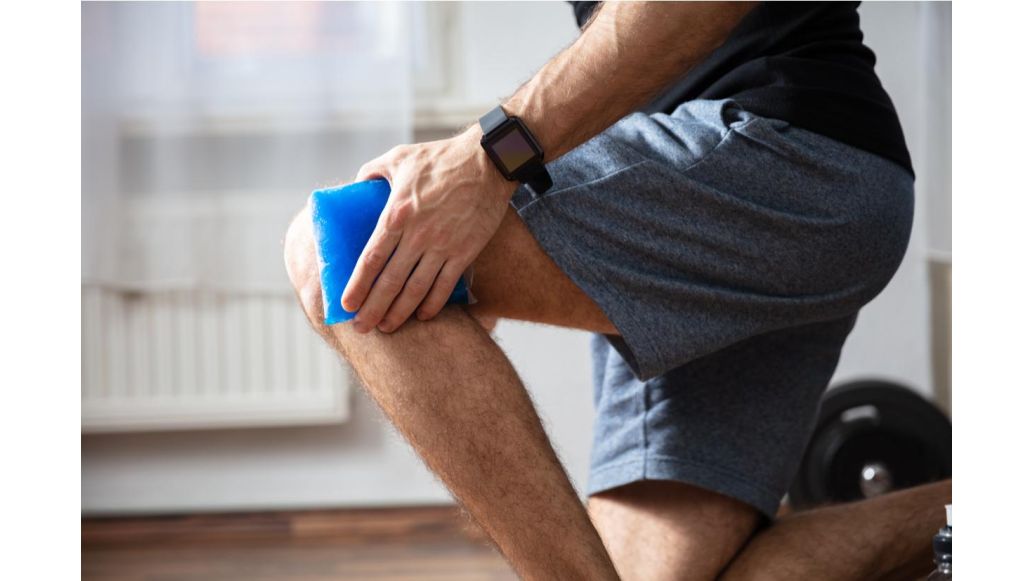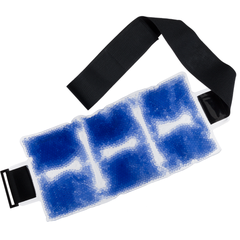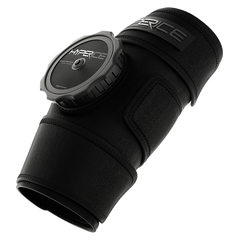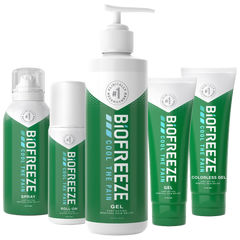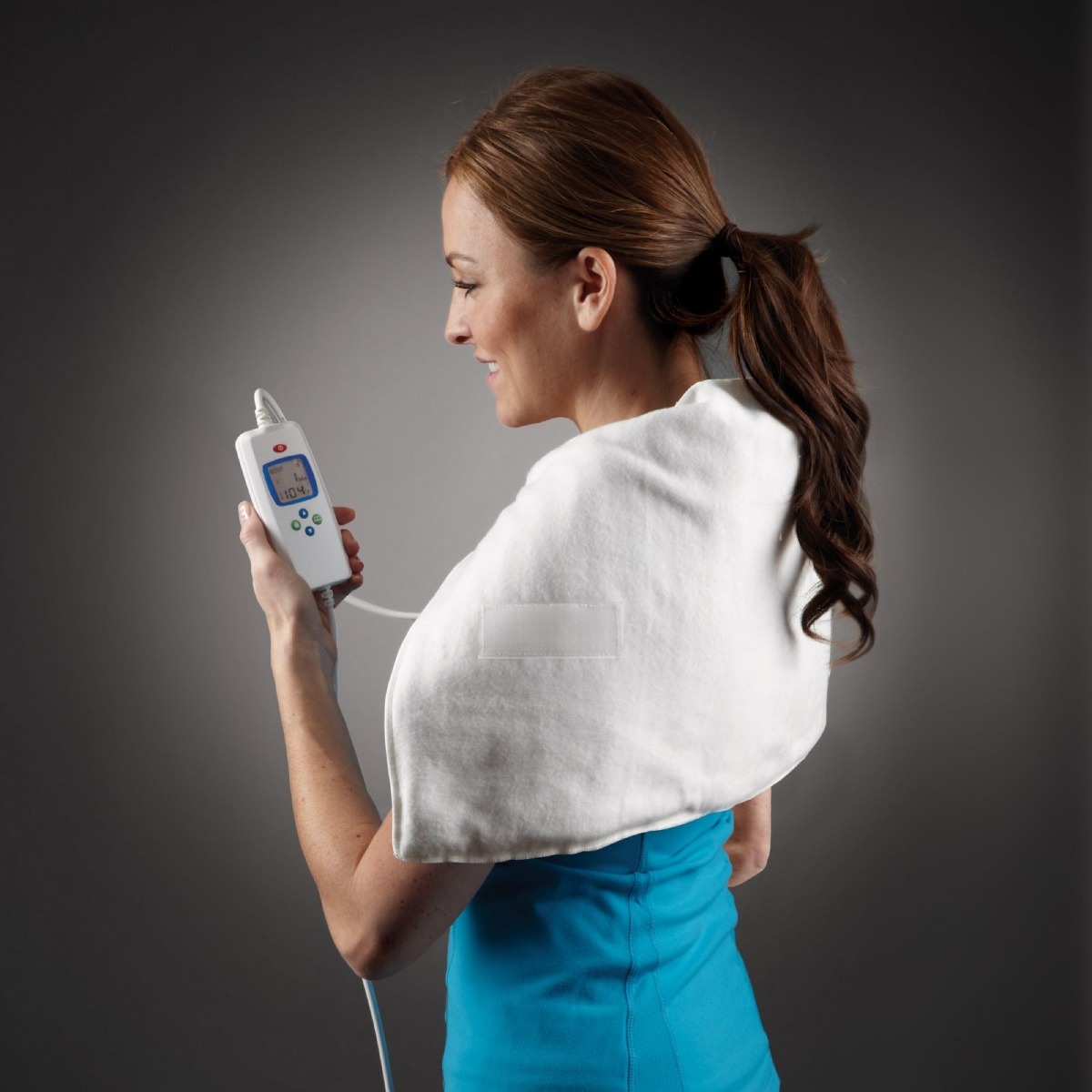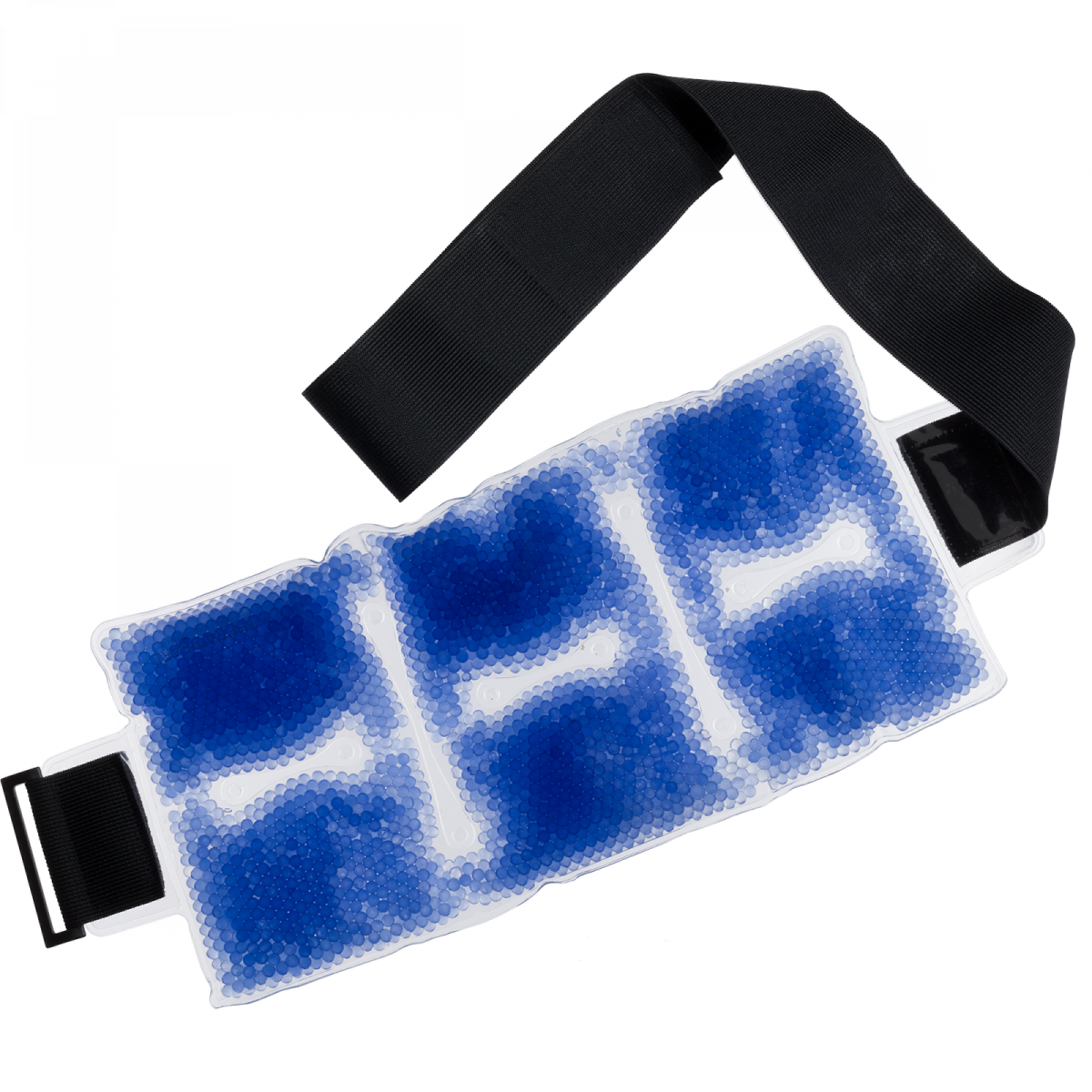Key Takeaways
-
Heat therapy is best for injuries more than a few days old and chronic pain
-
Cold therapy is best within the first 48 hours of an injury to numb sore tissue and manage acute pain
-
Hot and cold therapy are both effective options for managing joint and muscle discomfort depending on the symptoms of the injury
Top Products in This Article
Are you in pain? Hot and cold therapy is often recommended to help relieve aching pains that can result from muscle or joint damage. Heat therapy encourages blood flow whereas cold therapy is used to help reduce inflammation by decreasing blood flow. The goal of using hot or cold therapy is to improve the range of mobility without causing further pain.
When something hurts, will ice or heat make it better? Find which types of aches and muscle pains each approach is best for!
Heat Therapy
Cold Therapy
When to Use Ice vs. Heat
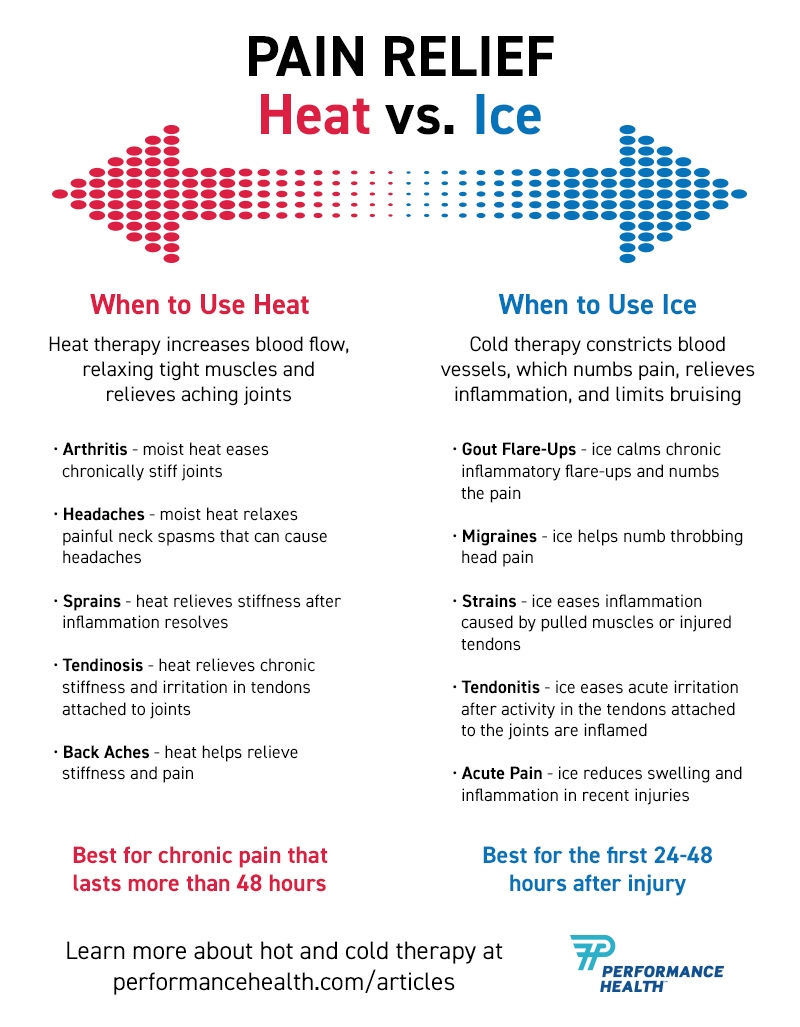
Heat Therapy
When to Use Heat Therapy
How does heat help inflammation? Heat therapy relaxes sore and tightened muscles in the inflamed area by dilating the blood vessels to help promote blood flow and eliminate the build-up of lactic acid. Heat therapy is most effective at treating arthritis and +6 week-old injuries. The moist heat eases chronic muscle pain or sore joints, ultimately relaxing tight muscles. Heat is also ideal for treating strains and sprains, tendonitis, and muscle spasms (contributing to headaches) relating to neck or back injuries.
When to Not Use Heat Therapy
Heat for sore muscles works best for injuries that are a few days old. Heat therapy should not be used to treat new injuries such as sudden sprains and strains as the heat will increase inflammation. It also shouldn’t be used when skin is broken or damaged. To prevent the risk of burns, the following conditions are also recommended to not use heat therapy: diabetes, dermatitis, multiple sclerosis, and vascular diseases.
Types of Heat Therapy Applications
- Color-changing hot packs can easily be microwaved, turning white when ready for use
- Heat wraps are contoured to fit the body during activities, adapting to your body’s movement whilst still relaxing muscle contractions and menstrual cramps for women
- Using paraben and oil-free paraffin wax treatments provides soothing heat to aching joints and muscles whilst hydrating and moisturizing the skin
- Combining heat and vibration technology effectively warms, loosens, and relaxes stiff muscles prior to or during physical activity
- Soothe muscle strain with heating pads that pull moisture from the air, allowing for the application of higher temperatures without the risk of possible burns or discomfort
To treat soft tissue injuries, a new approach called M.E.T.H (Movement, Elevation, Traction, and Heat) uses heat therapy to increase circulation after gently pulling on the damaged joints and muscles. When using a hot pack, apply moist heat for 5-10 minutes following traction. The heat supports the body’s natural response to the injury and brings more blood to the surface of the injured area. This approach will help speed-up healing times during the recovery process.
Cold Therapy
When to Use Cold Therapy
Cold therapy, also known as cryotherapy, is used to slow the rate of inflammation and reduce the possible risk of tissue damage. Decreasing blood flow to inflamed joints or muscles is most effective within 48 hours of an injury. The cold temperatures numb the sore tissue, helping slow down the pain messages being transmitted to the brain.
Ice can be used to treat sports injuries for acute pain, inflammation, and swelling. It can also be applied to the forehead, eyes, and temple to help relieve throbbing pain caused by headaches and migraines.
When to Not Use Cold Therapy
Cold therapy is the least effective in treating stiffness and chronic muscle pain because it has the opposite effect of heat. Applying ice can make muscles tense up instead of relaxing. Patients with the following conditions should be cautious using ice: fibromyalgia, trigger points, and myofascial pain syndrome. Ice can sometimes be too intense for sensitive nervous systems, causing increasing pain instead of diminishing it.
Types of Cold Therapy Applications
- Reusable TheraPearl cold packs contain gel beads to help maintain an even temperature over the entire pad during use; they can be used for both ice and heat therapy
- Ice compression wraps are ideal for recovery and treatment of swelling, sprains and strains, arthritis, and post-surgery injuries of ligaments and tendons
- Immersion or soaking in ice baths can target both lower and upper extremities simultaneously to decrease muscle soreness post-workout
- For quick, on-the-go pain relief, use a roll-on Biofreeze gel applicator, delivering a cooling sensation to sore muscles and joints
To treat minor sprains and strains, some clinicians recommend the R.I.C.E (Rest, Ice, Compression, and Elevation) method. Using a cold compress during or after rest, apply ice for 15-20 minutes every 2-3 hours during the first 24-48 hours after injury. This will temporarily reduce pain and swelling while resting mild to moderate sprains. For more stimulating injury recovery, patients can alternate between applications of heat and ice.
When to Use Ice vs. Heat

Hot and cold therapy are simple, natural, and affordable ways to relieve pain. However, deciding which is best to use depends on the symptoms you are experiencing! Heat is for muscles, chronic pain, and stress, targeting trigger points experiencing aching pains and stiffness. Ice is for injuries and inflammation, focusing on red or swollen tissue.
For some types of pain and injuries, the treatments include the use of both heat and ice. You can apply heat to a muscle to warm it up, stretch and strengthen it, and then finish it off with a little ice to cool it down. Your best approach for pain relief is based on the cause and source of your pain and where you are in the healing process. Whether you choose to apply heat, ice, or both, these methods will help relieve aching pains and muscles when you need it most!
References
Anonymous. (2014). Should You Use Ice or Heat for Pain? Cleveland Clinic Health. Retrieved from https://cle.clinic/3aJab4X.
Anonymous. (2020). When to Use Ice and When to Use Heat for Aches and Pains. Beaumont Health. Retrieved from https://bit.ly/2TCZYkJ.
Lakhan MD, PhD., Shaheen. (2019). Heat vs. Ice: Should You Use Heat or Ice for Your Pain? VeryWell Health. Retrieved from https://bit.ly/2xfLIWf.
Rodriguez, Diana. (2012). Heat or Cold for Chronic Muscle Pain? Everyday Health. Retrieved from https://bit.ly/3aFfT7F.
Medical Disclaimer: The information provided on this site, including text, graphics, images and other material, are for informational purposes only and are not intended to substitute for professional medical advice, diagnosis or treatment. Always seek the advice of your physician or other healthcare professional with any questions or concerns you may have regarding your condition.








 France
France Australia
Australia